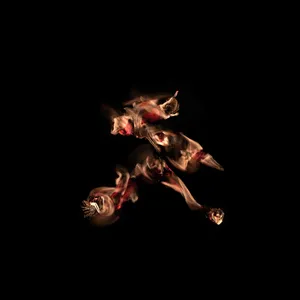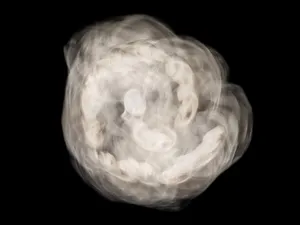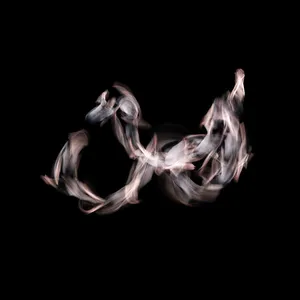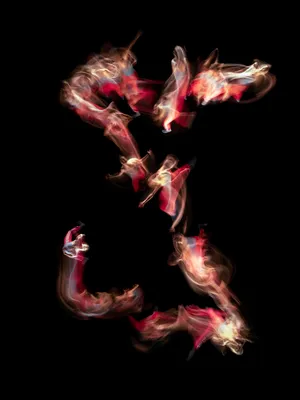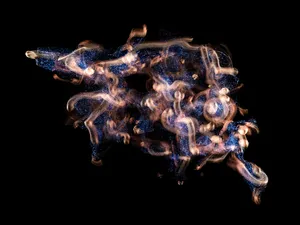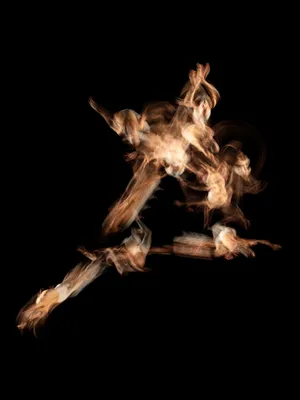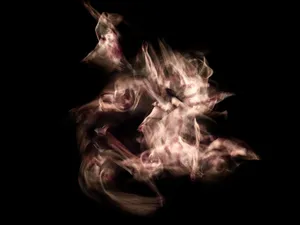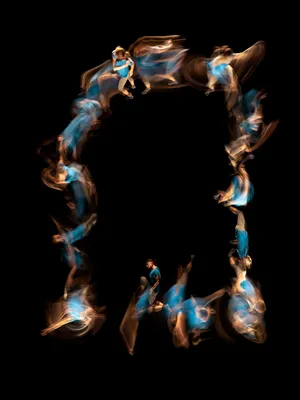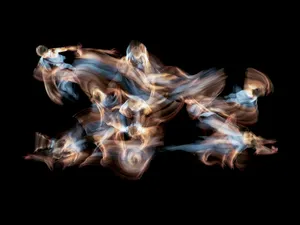András Dobi on Photoreographia
What is Photoreographia for me as an artist?
"This art project, titled Photoreographia, is the realization of a photographic concept that is based on the act of resolving the contradiction: dance being a movement through time and photography being the imprint of a
moment.
To make this possible, I asked several professional choreographers around Germany to choreograph pieces of dance dedicated to this particular occasion. The two most significant differences between choreographing in the traditional stage-orientated method and the way that
Photorerographia is done are linearity in time and orientation in space.
Since the main aspect of this art project is to depict an entire choreography in one single image, the end result is a visual imprint of the choreographer’s decision of where and how the dancer was going to move. In this case, linearity in time as one of the most important factors in choreography loses its importance. When a viewer looks at the Photoreographia, it is clear that the usual starting and ending of choreography in terms of time are not significant anymore. This gives the images a singular nature. Viewers can decide their own way of experience and understanding of the images, and through them, the choreographic work as well."
moment.
To make this possible, I asked several professional choreographers around Germany to choreograph pieces of dance dedicated to this particular occasion. The two most significant differences between choreographing in the traditional stage-orientated method and the way that
Photorerographia is done are linearity in time and orientation in space.
Since the main aspect of this art project is to depict an entire choreography in one single image, the end result is a visual imprint of the choreographer’s decision of where and how the dancer was going to move. In this case, linearity in time as one of the most important factors in choreography loses its importance. When a viewer looks at the Photoreographia, it is clear that the usual starting and ending of choreography in terms of time are not significant anymore. This gives the images a singular nature. Viewers can decide their own way of experience and understanding of the images, and through them, the choreographic work as well."
